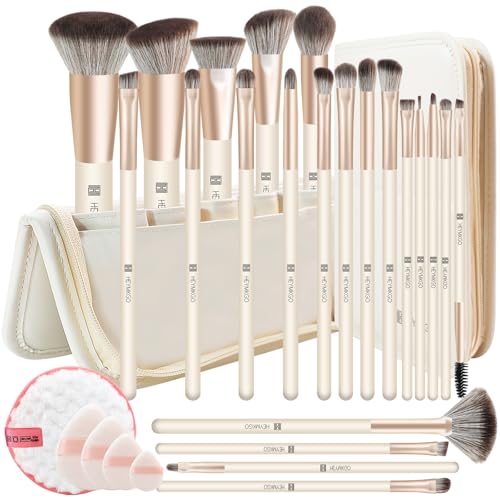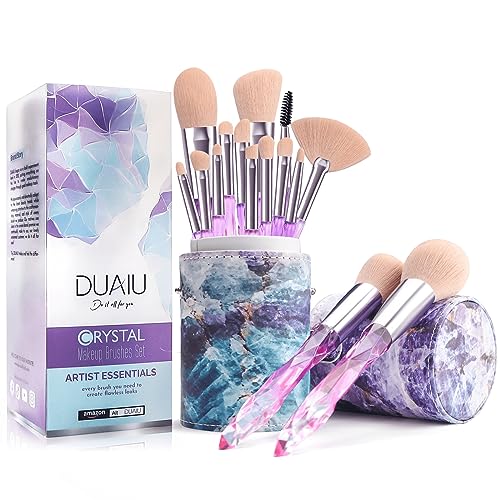- Joined
- Dec 12, 2005
- Messages
- 4,940
- Reaction score
- 3
Making a Big Hair Change
By Mark Garrison
Hair is much more than just a beauty feature. The way you choose to wear it is telling of you, your personality, and your lifestyle. Maybe that's why we see a lot of women at the salon who come in wanting to really shake up their life by shaking up their look. No "just a trim" for these clients. What they want is a hair makeover that will illicit "wow!" from everyone they know.
If you're thinking about undertaking a dramatic change in your hair's appearance, there are more than just the psychological implications to consider. The processes required for transforming your hair from one extreme to another can be harmful to hair if you don't do it right. The first step in your hair makeover should always be a consultation with your hairstylist to discuss what you want to do and to develop a strategy for getting there while best preserving hair beauty and health. To get you started, we reviewed some of the challenging makeovers we execute at the salon, and what to expect and watch out for during each.
Brunette to Blonde
Know Before You Go: This transformation is a big challenge to both your colorist and your hair. Count on needing several salon visits, and many hours in the chair, to create the look in a way that pleases you, and keeps hair strong, which should always be the goal. Be sure to treat hair several times before and after your coloring with salon protein conditioning treatments (ask for Vita-cement by Kerastase) to keep hair in its best condition.
Process with Caution: Steer away from color specialists who say you can go from brunette to blonde in one or two swift processes. It can be done, but not without major damage to hair. When consulting with colorists, look for someone who advises a multistep strategy of several mild processes to gradually get you to the color you want. Those who already have other processes on hair, like a relaxer or perm, need to work with a colorist experienced in working with damaged hair, and adhere to a super-conditioning regimen pre-process.
Care for Your New Hair: Now more than ever, be sure to give hair all the extra TLC, especially when styling. Treat it to restorative shampoo and conditioners made just for colored hair and visit the salon for regular protein treatments.
Straight to Curly, and Vice Versa
Know Before You Go: When permanently straight is the way you want to go, the newer Japanese straightening technique, also known as thermal reconditioning, gets you pin-straight results. Ask for a relaxer if you prefer a looser look. The perm, which is making a big comeback, is what to ask for when you want to go curly, or enhance the quality of curls on hair that already has a natural wave. Schedule several fortifying protein treatments for hair before any straightening or waving service.
Process with Caution: Due to the chemical nature of hair straighteners, you will have to wait several weeks after the process before getting hair color or highlights. As for perms, discuss your expectations with your stylist before you begin. The difference in perm results is determined by the rods used; ask for small spiral rods if you want a classic spiral perm, larger rods for long, loose curls.
Care for Your New Hair: Chemically treated hair, whether relaxed, straightened, or permed, needs nurturing care every day. We recommend using only quality, moisturizing shampoos, conditioners, and styling products as well as regular super conditioning protein treatments in the salon.
Short to Long with Hair Extensions
Know Before You Go: Find a stylist who specializes specifically in extensions. They'll need to know the different types of extensions available and be able to determine what will work best with your hair's texture and color for the most natural results. If you want to try the look without making a big commitment, try clip-in "tracks." They can be sewn into your own hair or clipped on for a quick and temporary long hair look.
Process with Caution: Realize that hair extensions are expensive and high-maintenance, and will need to be redone about every six months.
New Hair Care: Follow the care and maintenance instructions of your stylist closely to keep your extensions looking their best.
Source
By Mark Garrison
Hair is much more than just a beauty feature. The way you choose to wear it is telling of you, your personality, and your lifestyle. Maybe that's why we see a lot of women at the salon who come in wanting to really shake up their life by shaking up their look. No "just a trim" for these clients. What they want is a hair makeover that will illicit "wow!" from everyone they know.
If you're thinking about undertaking a dramatic change in your hair's appearance, there are more than just the psychological implications to consider. The processes required for transforming your hair from one extreme to another can be harmful to hair if you don't do it right. The first step in your hair makeover should always be a consultation with your hairstylist to discuss what you want to do and to develop a strategy for getting there while best preserving hair beauty and health. To get you started, we reviewed some of the challenging makeovers we execute at the salon, and what to expect and watch out for during each.
Brunette to Blonde
Know Before You Go: This transformation is a big challenge to both your colorist and your hair. Count on needing several salon visits, and many hours in the chair, to create the look in a way that pleases you, and keeps hair strong, which should always be the goal. Be sure to treat hair several times before and after your coloring with salon protein conditioning treatments (ask for Vita-cement by Kerastase) to keep hair in its best condition.
Process with Caution: Steer away from color specialists who say you can go from brunette to blonde in one or two swift processes. It can be done, but not without major damage to hair. When consulting with colorists, look for someone who advises a multistep strategy of several mild processes to gradually get you to the color you want. Those who already have other processes on hair, like a relaxer or perm, need to work with a colorist experienced in working with damaged hair, and adhere to a super-conditioning regimen pre-process.
Care for Your New Hair: Now more than ever, be sure to give hair all the extra TLC, especially when styling. Treat it to restorative shampoo and conditioners made just for colored hair and visit the salon for regular protein treatments.
Straight to Curly, and Vice Versa
Know Before You Go: When permanently straight is the way you want to go, the newer Japanese straightening technique, also known as thermal reconditioning, gets you pin-straight results. Ask for a relaxer if you prefer a looser look. The perm, which is making a big comeback, is what to ask for when you want to go curly, or enhance the quality of curls on hair that already has a natural wave. Schedule several fortifying protein treatments for hair before any straightening or waving service.
Process with Caution: Due to the chemical nature of hair straighteners, you will have to wait several weeks after the process before getting hair color or highlights. As for perms, discuss your expectations with your stylist before you begin. The difference in perm results is determined by the rods used; ask for small spiral rods if you want a classic spiral perm, larger rods for long, loose curls.
Care for Your New Hair: Chemically treated hair, whether relaxed, straightened, or permed, needs nurturing care every day. We recommend using only quality, moisturizing shampoos, conditioners, and styling products as well as regular super conditioning protein treatments in the salon.
Short to Long with Hair Extensions
Know Before You Go: Find a stylist who specializes specifically in extensions. They'll need to know the different types of extensions available and be able to determine what will work best with your hair's texture and color for the most natural results. If you want to try the look without making a big commitment, try clip-in "tracks." They can be sewn into your own hair or clipped on for a quick and temporary long hair look.
Process with Caution: Realize that hair extensions are expensive and high-maintenance, and will need to be redone about every six months.
New Hair Care: Follow the care and maintenance instructions of your stylist closely to keep your extensions looking their best.
Source



































